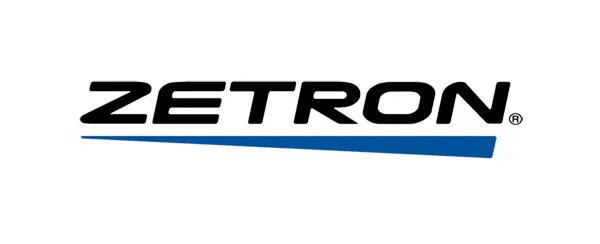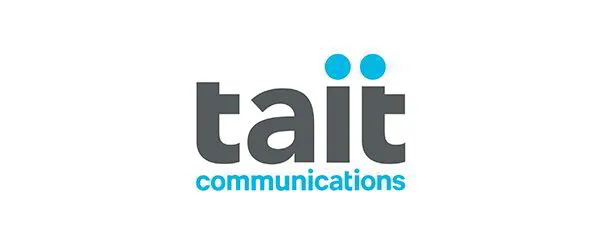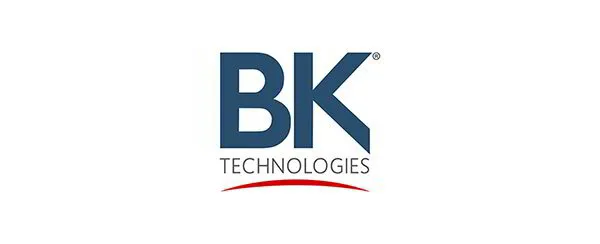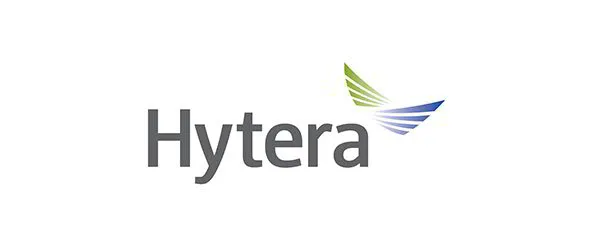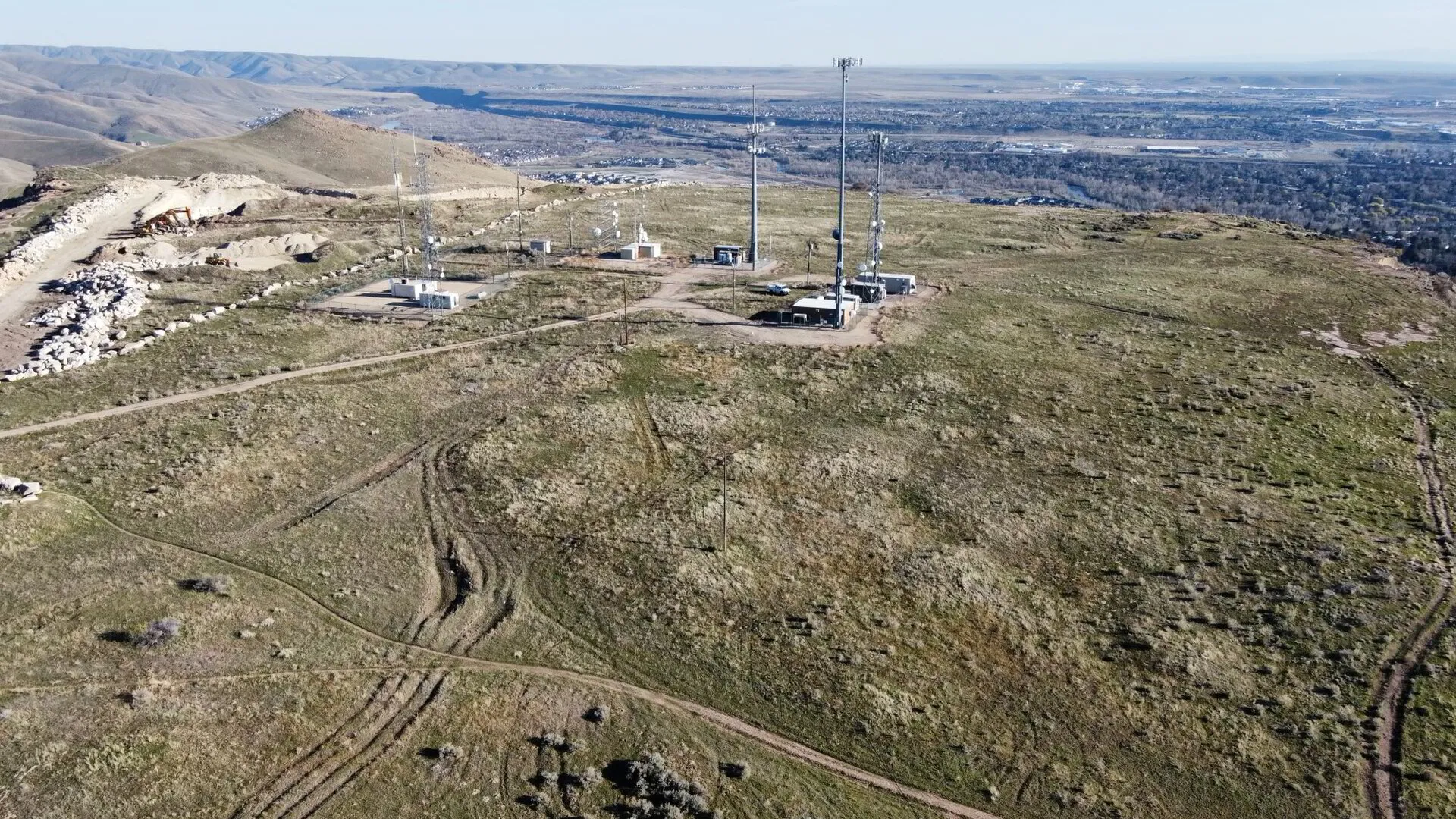
One of the Most Complete Communication Networks in the Northwest
White Cloud Communications Inc., an Idaho-based company with nearly 50 years of expertise, is headquartered in Twin Falls and operates satellite offices in Garden City, Burley, and Idaho Falls. We specialize in advanced two-way radio services, designing, developing, and delivering innovative solutions that boost productivity, enhance safety, and connect people in the toughest environments. Our mission is to provide seamless, reliable, and instant communication for businesses and communities across southern Idaho. With a focus on innovation, quality, and a customer-first mindset, we aim to be the trusted leader in wireless communication solutions.
Industries
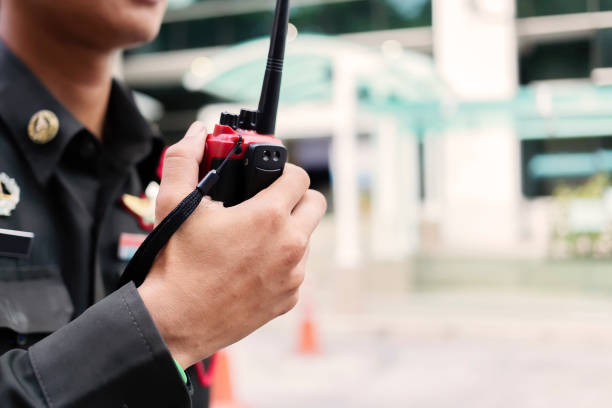
The Core Components of ERCS Code Inspection
Within the complex world of tax examination, the Examination Returns Control System (ERCS) plays a critical role in inventory and time management for IRS returns under examination. This system is a linchpin for various IRS departments including Small Business/Self Employed (SB/SE), Large Business and International (LB&I), and Tax Exempt & Government Entities (TE/GE). The ERCS Code Inspection process is integral to ensuring that these departments can efficiently manage their examination inventory while maintaining security protocols.
To effectively analyze ERCS, it’s crucial to understand its interfaces. For instance, ERCS interacts with the Audit Information Management System (AIMS) to coordinate return information. Furthermore, it communicates with Security Audit and Analysis System (SAAS) to ensure audit trails are maintained. Each element of the ERCS system must be meticulously monitored, making the ERCS Code Inspection an essential task.
Why ERCS Code Inspection Matters
From my two decades of experience in the communication industry, I can tell you that regular system inspections are vital for maintaining operational integrity. The ERCS Code Inspection serves a similar purpose within the IRS. By regularly checking for unauthorized access and potential discrepancies, the inspection process ensures that the taxpayer data is safe and the system operates smoothly.
Consistent inspections help mitigate risks associated with unauthorized access of taxpayer accounts and protect personally identifiable information (PII). This not only builds trust but also enhances the operational efficiency of IRS departments. As someone who has dealt with extensive data management systems, I understand the importance of periodic code inspections to avert any critical failures.
How to Conduct ERCS Code Inspection
Conducting an ERCS Code Inspection requires precise procedures. Here’s a simple step-by-step outline:
- Begin with Access Verification: Ensure that only authorized personnel can access the ERCS. Utilize systems like Business Entitlement Access Request System (BEARS) for verification.
- Security Check: Perform regular security checks to maintain the integrity of taxpayer data. This involves running automated scripts to detect unauthorized access.
- Data Reconciliation: Reconcile ERCS data with AIMS regularly to ensure consistency across systems. This involves generating error reports and resolving discrepancies.
- Audit Trail Review: Consistently review audit trails to detect any anomalies in data access or manipulation, thus safeguarding against unauthorized activities.
What Qualifies as an ERCS Code Inspection Emergency?
An ERCS Code Inspection emergency arises when there’s a potential breach in data security or a critical discrepancy in taxpayer data that could affect system operations. Immediately addressing such issues ensures system reliability and data protection.
In my professional journey, I’ve encountered similar emergencies where quick decision-making was paramount to prevent data leaks or system shutdowns. A proactive approach, such as implementing data validation measures and advance notification systems, can significantly mitigate risks.
Exploring Diverse Perspectives on ERCS Code Inspection
The ERCS Code Inspection can be viewed through multiple lenses–each offering unique insights. From a managerial standpoint, it’s about sustaining efficient operations and compliance. For technical personnel, it is more about maintaining data integrity and system functionality.
As a representative of White Cloud Communications Inc., I’ve noticed that external partners often focus on seamless integration and compatibility with other systems. Meanwhile, internal stakeholders are more concerned with user accessibility and real-time updates. Balancing these perspectives can lead to a more robust inspection framework.
- Management: Focus on operational efficiency
- Technical Staff: Prioritize data integrity
- External Partners: Ensure system compatibility
![]()
The Importance of Testing Emergency Responde Enhancement System
With over two decades in the wireless communication field, I’ve discovered a critical need for ensuring robust and reliable Emergency Responde Enhancement System Test processes. These tests assure that first responders communicate effectively during crises. It’s not merely about compliance; it’s about safeguarding lives and infrastructure, which is why periodic testing is integral.
Having worked with multiple industries, from Fire & EMS to Mining, I’ve witnessed firsthand how these tests enhance safety. An effective Emergency Responde Enhancement System Test is akin to a thorough safety drill that prepares us for real-world exigencies.
In the wireless communication sector, ensuring a flawless Emergency Responde Enhancement System Test involves more than just technical inspections. It involves understanding building complexities and tailoring tests to meet unique environmental needs.
How to Conduct an Effective Emergency Responde Enhancement System Test
Ensuring an effective Emergency Responde Enhancement System Test involves several critical steps:
- Planning: Identify areas and components crucial to test, and plan according to the authority having jurisdiction (AHJ) requirements.
- Equipment Gathering: Assemble necessary testing tools, including calibrated radios, ensuring everything is fully operational.
- Coverage Testing: Measure the coverage, performance, and signal strength across various sections of the building.
- Document Results: Record all findings meticulously, which aids in tracking performance and identifying areas for future improvement.
This structured approach not only simplifies the process but also ensures comprehensive system reliability.
Why Is ERCS Testing Essential?
Test Emergency Radio System Compliance is crucial as it validates the system’s operational integrity under different conditions. It ensures that communication systems remain resilient even amidst structural changes or frequency shifts.
From my experience, routine testing instills confidence in both system operators and end-users, fortifying the trust in essential communication channels. It’s indispensable for sectors like healthcare, where every second counts during emergencies.
Moreover, these tests highlight vulnerabilities, enabling us to mitigate potential communication breakdowns. They also affirm compliance with industry regulations, providing peace of mind to our clients and their stakeholders.
What Are the Benefits of Emergency Responde Enhancement System Test?
- Enhanced Safety: By identifying potential issues before they escalate, these tests protect both lives and infrastructure.
- Regulatory Compliance: Ensures adherence to local and national standards, thereby avoiding legal complications.
- System Longevity: Regular testing and maintenance extend the operational lifespan of emergency systems.
- Improved Trust: Builds confidence among stakeholders and users, knowing that their communication systems are reliable.
Common Missteps to Avoid During Testing
Over the years, I’ve observed several pitfalls in Emergency Responde Enhancement System Test procedures. Here are a few to watch out for:
Neglecting documentation can lead to lost insights over time. Similarly, skipping regular updates on equipment and technology can cause compatibility issues.
Another common mistake is underestimating the impact of structural changes in buildings. Always adjust testing strategies to accommodate new layouts or material changes, ensuring full coverage and reliability.
Enhancing Signal Strength: The Benefits of a Building Antenna Signal Booster
In my 20+ years at White Cloud Communications, I’ve seen firsthand how a Building Antenna Signal Booster can dramatically improve connectivity. These devices are designed to amplify weak signals, ensuring reliable communication, especially in areas with poor reception. They offer a vital solution for industries that demand seamless connectivity, such as healthcare and emergency services.
For businesses in southern Idaho, better signal strength translates to improved operational efficiency. When communication is clear and instant, tasks are executed more swiftly, safety protocols are followed without interruption, and productivity soars. From my experience, firms in sectors like law enforcement and national security benefit immensely from a robust signal, ensuring critical messages are relayed without delay.
Beyond improving communication, a Building Antenna Signal Booster also enhances customer satisfaction. In a digital age where timely responses can make or break a deal, maintaining connectivity is crucial. Clients across industries such as hospitality and transportation have expressed gratitude for the enhanced reliability, which aids their service delivery and customer engagement.
The Science of Signal Boosters: How Do They Work?
Building Antenna Signal Boosters function by capturing weak signals from cell towers and amplifying them within a building. This technology involves three main components: an external antenna to receive signals, an amplifier to enhance them, and an internal antenna to rebroadcast improved signals indoors. This setup ensures that even structures with significant interference, like metal or concrete buildings, benefit from strong cellular connectivity.
As a seasoned professional in wireless communications, I’ve witnessed the transformative effect of this technology. For industries that operate in remote locations, such as mining and oil & gas, these boosters are game-changers. They enable continuous communication, crucial for both safety and operational purposes. The ability to maintain connectivity, regardless of location, is a testament to the booster’s essential role in today’s communication ecosystem.
The advancements in booster technology now accommodate multiple frequencies, including 5G, ensuring future-proof solutions. This versatility is particularly beneficial for businesses like utilities and transportation, which rely on diverse communication channels. Investing in such technology promises not only current benefits but also adaptability to impending technological evolutions.
Given the importance of maintaining open communication lines, the investment in a Building Antenna Signal Booster is a strategic move. It empowers industries to stay connected, enhancing both their service delivery and internal operations.
How to Install a Building Antenna Signal Booster?
Installing a Building Antenna Signal Booster is a straightforward process, as I’ve guided numerous clients through it over the years. Here’s a simplified step-by-step guide:
- Identify the area with the strongest external signal, usually on the roof or an exterior wall.
- Mount the external antenna in this location, pointing towards the nearest cell tower.
- Connect the antenna to the amplifier using the provided cables, ensuring a secure fit.
- Position the internal antenna in the area needing better coverage, ideally centrally located.
- Ensure all connections are tight, then power on the booster to experience enhanced signal quality.
Through my interactions with businesses in Idaho, I’ve learned that many underestimate the need for proper planning during installation. Taking time to strategically place each component can maximize the booster’s efficacy, rendering impressive gains in signal strength.
Will a Building Antenna Signal Booster Improve My Signal?
Yes, a Building Antenna Signal Booster can significantly improve your signal by amplifying weak cellular signals within your building, thus ensuring reliable connectivity.
Despite varying factors like building materials and geographical barriers, these boosters are engineered to overcome such challenges. Industries that operate in difficult terrains, such as mining and agriculture, have successfully utilized these devices. A booster ensures that, regardless of environmental circumstances, communication is maintained.
In our experience at White Cloud Communications, these devices not only boost signals but also enhance the quality of life in professional settings. Employees report fewer dropped calls and improved internet speeds, which streamline business processes. Therefore, investing in a Building Antenna Signal Booster is not just a corrective measure but also a proactive step towards efficient communication systems.
Choosing the Right Building Antenna Signal Booster for Your Needs
Selecting the appropriate Building Antenna Signal Booster is crucial for achieving optimal results. To start, assess your building’s specific needs, such as the size of the area needing coverage, the number of users, and the types of frequencies used. This assessment will guide you towards a tailored solution that fits your unique requirements.
It’s also essential to consider the type of antenna suitable for your setting, such as directional antennas for targeted signal improvements or omnidirectional ones for broader coverage. Reflecting on my encounters with clients in the hospitality and healthcare industries, I’ve found that choosing the right type of device can drastically affect the outcome, ensuring satisfactory signal enhancement tailored to their needs.
Professional consultation is often beneficial in this selection process. Our team at White Cloud Communications can lend unparalleled expertise and personalized recommendations that align with both current needs and future technological advancements. We prioritize client satisfaction, ensuring the solutions we provide are not only effective but also sustainable.
Ultimately, an informed decision when choosing a booster can substantially improve communication efficiency, enhancing both productivity and operational success across various industries.

What are the core components of ERCS Code Inspection?
The Examination Returns Control System (ERCS) is essential for managing IRS examination inventory and time effectively. At its heart, ERCS Code Inspection checks the system’s integrity by focusing on its interactions with other essential systems. For instance, ERCS interfaces with the Audit Information Management System (AIMS) for coordinating return information. It also communicates with the Security Audit and Analysis System (SAAS) to maintain audit trails. Having a robust inspection process ensures secure and efficient data handling, much like having regular health check-ups to catch early signs of system wear and tear.
Imagine overseeing communications for a healthcare facility; consistent code inspections are akin to ensuring all emergency communication lines are clear and responsive. This proactive measure averts data discrepancies and unauthorized access, akin to ensuring patient privacy and data security. Have you considered how regular inspections in your own systems might reveal unseen vulnerabilities?
Why is ERCS Code Inspection crucial for data security?
ERCS Code Inspections are vital for safeguarding taxpayer information and maintaining operational efficiency within the IRS. Regular inspections help detect unauthorized access, ensuring that only authorized personnel handle sensitive data. This process is not just about compliance, but about building trust and enhancing efficiency, similar to how a trusted security system reassures both building owners and occupants.
In the same way that law enforcement agencies rely on secure communication systems to operate effectively, the IRS needs its systems to function smoothly without compromising taxpayer data. This alignment is crucial to maintaining public confidence and operational integrity. What measures do you think might strengthen your system’s defenses?
How are ERCS Code Inspections conducted efficiently?
Conducting an ERCS Code Inspection involves several critical steps. Start with access verification, ensuring only authorized users can access the system, much like vetting personnel who access sensitive facilities. Next, perform regular security checks to catch any unauthorized access attempts. Data reconciliation with systems like AIMS ensures information consistency across platforms, like a thorough inventory check in a warehouse.
Reviewing audit trails consistently helps detect any anomalies, safeguarding against unauthorized activities. Remember, regular system check-ups are similar to routine maintenance on communication devices–both are essential for peak performance. Can you think of other areas where consistent checks might enhance security and reliability?
What constitutes an ERCS Code Inspection emergency?
An emergency in ERCS Code Inspection arises with potential data security breaches or critical discrepancies threatening system operations. Immediate response and effective problem-solving are crucial, much like quick decisions needed in a crisis to prevent communication breakdowns.
Picture a scenario where a sudden data discrepancy is discovered during a busy IRS filing season. Quick, decisive action is needed to resolve the issue without affecting thousands of taxpayers. In such cases, proactivity–through robust pre-set protocols and rapid response systems–can prevent larger complications. Does your current system have mechanisms in place to tackle unexpected issues swiftly?
How does testing the Emergency Response Enhancement System ensure safety?
Regular testing of the Emergency Response Enhancement System guarantees that first responders maintain effective communication during emergencies. This testing is comparable to running emergency drills in schools or businesses–it ensures readiness and optimal response during actual crises.
At White Cloud Communications, we’ve seen firsthand how crucial these systems are, enabling continuous, reliable communication across various challenging environments, like remote mining areas. Regular tests not only assess system integrity under different conditions but also build trust among users who rely on these systems during emergencies. What steps do you think should be prioritized to maintain robust and reliable communication in your organization?
Resources
- Internal Revenue Service (IRS) – The official website of the Internal Revenue Service, providing information on tax laws, forms, and resources for taxpayers.
- Federal Communications Commission (FCC) – The official website of the FCC, responsible for regulating communications by radio, television, wire, satellite, and cable in the United States.
- National Fire Protection Association (NFPA) – The NFPA develops codes and standards for fire safety to minimize the risk and effects of fire and other hazards.
- Centers for Disease Control and Prevention (CDC) – The CDC is a national public health institute in the United States working to protect public health and safety.
- National Telecommunications and Information Administration (NTIA) – The NTIA is an agency of the U.S. Department of Commerce that advises on domestic and international telecommunications issues.
We are certified dealers of the following brands:


